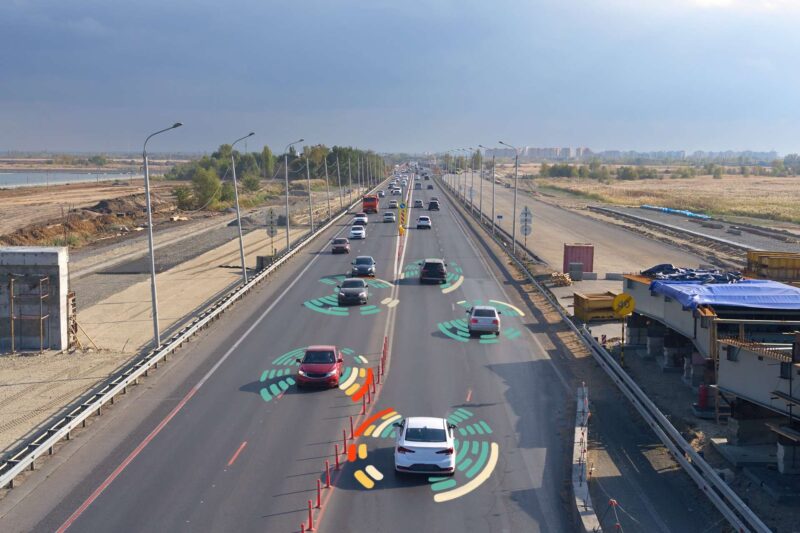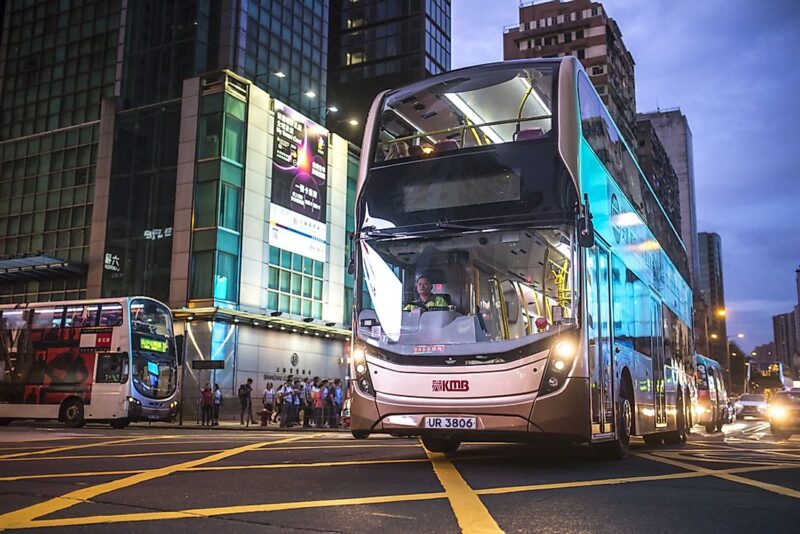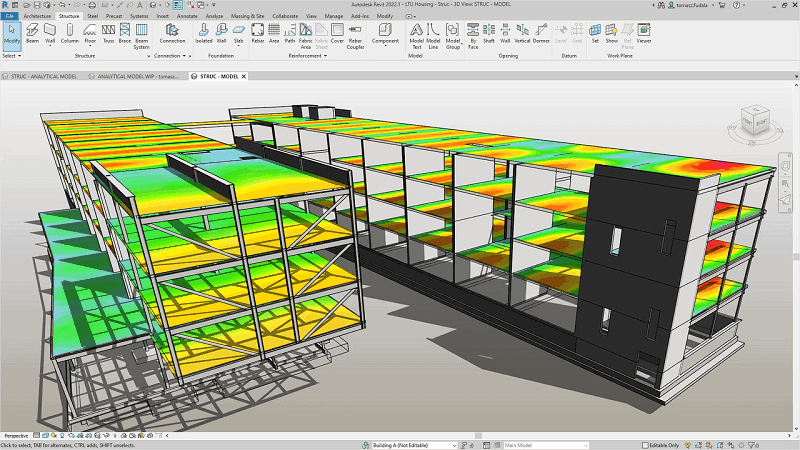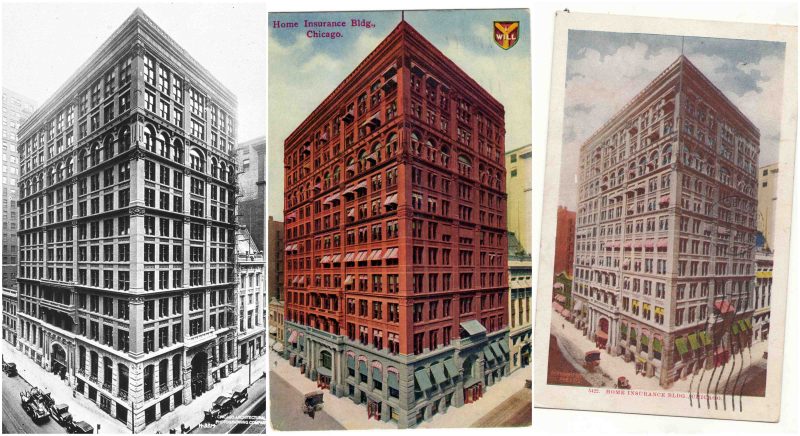Roadways are always evolving, whether due to ongoing repairs, construction, or upgrades.
With advances in smart technologies, companies are developing new methods to enhance road safety and compatibility with modern vehicles.
This article discusses four smart road technologies that are transforming the future of transportation.
Electric Charging Lanes for EVs
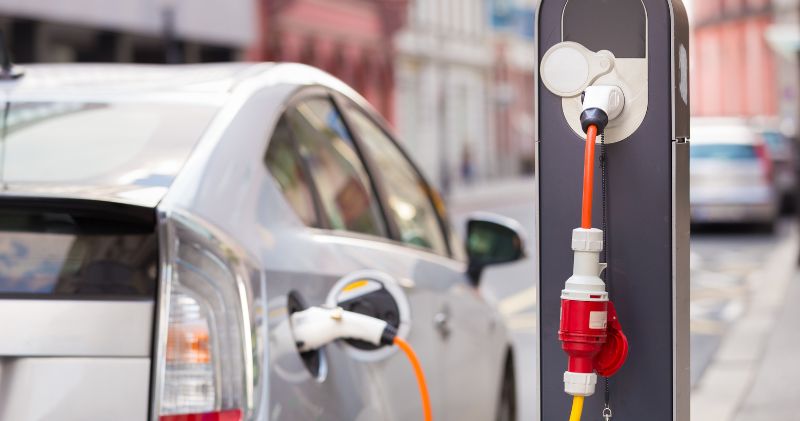
As the automotive industry increasingly shifts toward electrification, the development of smart roads is key to supporting and fostering the widespread use of electric vehicles. Traditionally, this meant adding more charging stations, but newer technologies like electric charging lanes are transforming EV operation.
Founded in 2013, ElectReon (formerly ElectRoad) set out to promote the large-scale adoption of electric buses and ultimately reduce reliance on oil. The company utilizes electromagnetic induction technology to power electric buses with renewable energy while they are in motion.
Known as Dynamic Wireless Power Transfer (DWPT), this system not only allows for direct wireless power transmission but also enables energy exchange among all vehicles on the road. Once installed, the system uses the existing road infrastructure without the need for additional EV charging stations.
The DWPT technology operates through an induction coil infrastructure embedded beneath the surface of road lanes. These devices are designed to ensure their magnetic fields do not reach into the vehicle cabins, maintaining human safety.
Power for the system comes from a network of smart inverters that communicate in real time, transmitting energy to electric vehicles as they travel within the lane. This setup not only extends the travel range of the vehicles but also reduces the time spent charging. For roads without this infrastructure, vehicles are equipped with small batteries that can be charged while traveling.
In March 2021, ElectReon launched a pilot program in Tel Aviv, successfully operating an electric bus charged via the company’s road infrastructure. Following this, in May 2021, ElectReon began a trial on an Italian highway, marking the first such project to involve a major roadway.
Roads That Honk
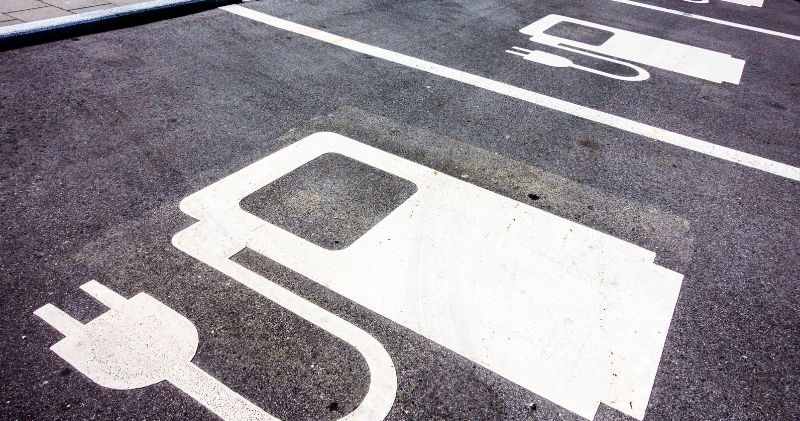
In an effort to enhance highway safety, HP Lubricants and Leo Burnett India have developed the innovative “Roads That Honk” system.
This pioneering technology was first installed on NH1, the treacherous highway that links Jammu and Srinagar in India, notorious as one of the world’s most dangerous roads.
The system is centered around SmartLife poles positioned at critical sharp curves and hairpin bends. These poles are equipped with a combination of wireless technology, radar systems, and an anti-collision warning mechanism, all powered by solar PV modules.
Positioned on either side of key bends, the poles use radar to detect the speed of oncoming vehicles. They then communicate with each other to warn approaching vehicles on both sides by sounding a horn.
This warning system utilizes the Doppler effect, transmitting electromagnetic waves in the 24 GHz frequency range (K band) and measuring the frequency shift in the reflected waves caused by moving vehicles.
As the relative speed between the radar sensor and the vehicle increases, so does the detected frequency shift, allowing the sensor to accurately gauge vehicle speed. This sophisticated integration of communication infrastructure and technology forms a robust foundation for advancing towards smarter, safer mobility.
Solar Road Paint

The Smart Highway project, a collaboration between designer Daan Roosegaarde and Heijmans Infrastructure, introduces a system of interactive and sustainable roads using innovative designs and technologies.
This initiative integrates light, energy, and interactive signage to enhance the interaction between the road and its users.
The project’s initial phase, known as Glowing Lines, was launched after a successful 3-month trial in the Netherlands.
This feature involves solar paint that absorbs sunlight during the day and glows for up to eight hours at night, significantly improving visibility and safety.
Further advancements in the Smart Highway project include Dynamic Paint, Interactive Light, an Induction Priority Lane, and a Road Printer.
Another noteworthy development is the Van Gogh Bicycle Path.
This 600-meter path, inspired by Vincent Van Gogh’s “Starry Night,” features thousands of light-emitting stones that create a luminous, star-like effect, enhancing both the aesthetics and functionality of the pathway.
Enhancing Road Safety with Smart Pavement Technology

Integrated Roadways, a tech startup based in Kansas City, is pioneering a new approach called Smart Pavement that aims to transform how roads communicate with vehicles and central systems. This innovative technology not only increases roadway safety but also acts as a Wi-Fi platform for cars and future mobility services.
The Smart Pavement system incorporates high-resolution fiber optic sensors and other technologies embedded within the pavement. These sensors track vehicle positions and monitor roadway conditions in real-time. Additionally, the system can detect accidents and automatically alert emergency responders, enhancing the speed and efficiency of their response.
Integrated Roadways first introduced a pilot of its Smart Pavement technology in Colorado in spring 2018. By spring 2021, the company had begun plans to expand the installation of this technology in Lenexa, Kansas, marking a significant step forward in its development and deployment.


